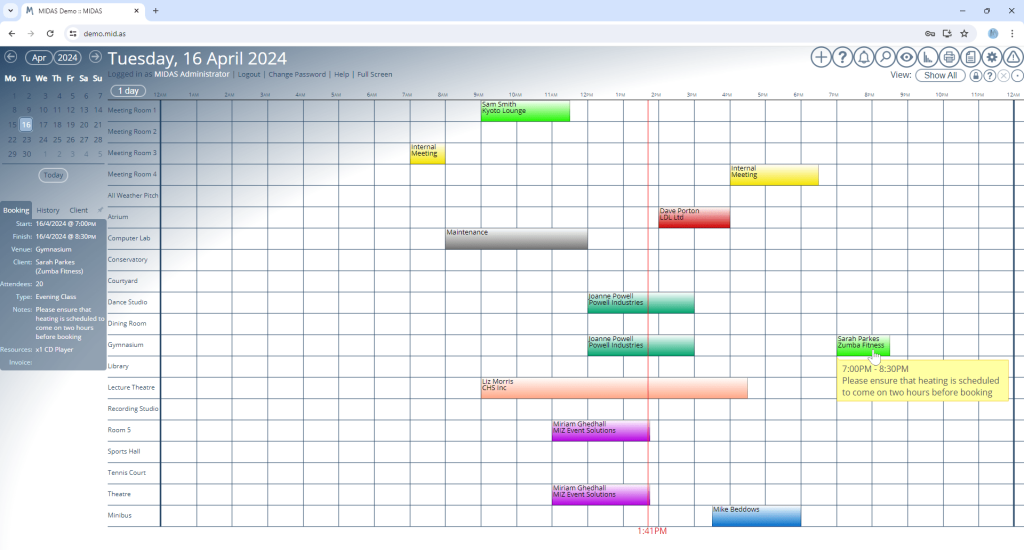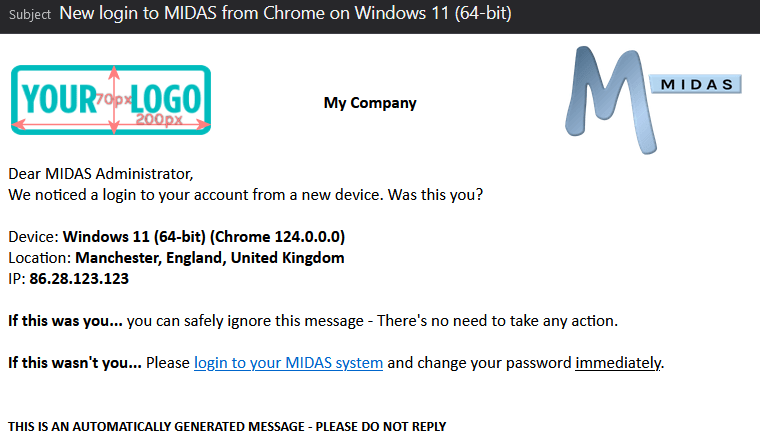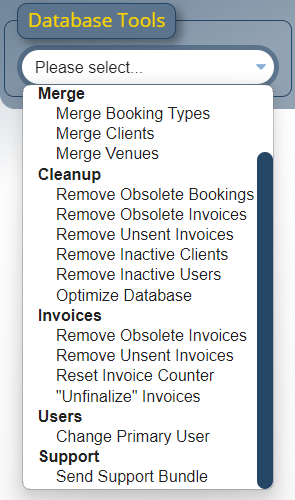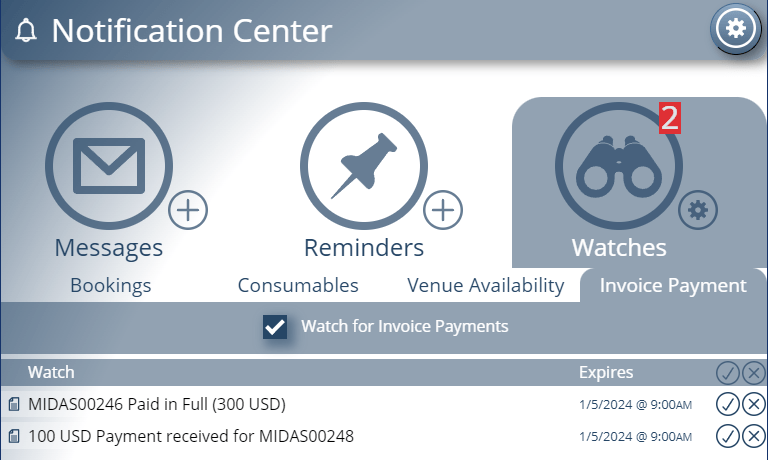Last month we released a new update to our MIDAS room booking and resource scheduling software.
For this latest update we made a host of improvements to the user interface, including most notably a new “Default” theme.
The New Default Theme
MIDAS includes a number of pre-built visual themes, which an administrator can select for use throughout the software. Additionally, an administrator may optionally allow users to select their preferred theme upon login.
Our recent research showed that around 72% of MIDAS systems are set to use the “Default” theme. Surprisingly though, the second most popular theme is the “HiContrast” theme. Whilst the design intent behind the “HiContrast” theme was to provide greater accessibility to those with additional visual need, we know many customers actually choose this theme as they find the default theme “too blue”!
We’ve listened, and as such, for v4.36 we’ve developed a new toned-down “Default” theme that’s a lot less “intense” blue than before:
We feel this new “Default” theme is easier on the eye and looks more professional. It provides a new alternative to those using the “HiContrast” primarily for a more simple/basic “look” to their MIDAS system.
You can view this new “Default” theme (or any of the other included themes) right now over in our public demo!
If you still like the previous “Default” blue-themed theme better, don’t worry! It’s still available in v4.36, but is now called “MIDAS (Blue)”.
We’ve also made a numerous other improvements to the user interface across all included themes. Some text and headings are now larger than before, dialogs are clearer, there’s increased spacing between certain elements, and some interactive buttons are now larger and more prominent too.
Other notable improvements in v4.36:
Receive Watch notifications on invoice payments
You can now setup a Watch notification to be alerted whenever customers pay their MIDAS generated invoices – Read more…
One-Stop Database Cleanup tool
MIDAS includes a number of “Database Tools” to help you remove obsolete data and keep your database running efficiently.
For v4.36, we’ve added a new “One-Stop Cleanup” tool which collectively runs several database tools. Performing a “One-Stop Cleanup” will:
- Remove bookings that occurred more 5 years ago
- Remove invoices that were paid more than 5 years ago
- Remove clients with no bookings in the past 2 years
- Remove users who have not logged in for more than 1 year
- Optimize the database
Improved Device Detection
For increased security, whenever you login from a new or unfamiliar device, MIDAS can send you an email alert with details of the browser, device, and location (with our optional Geolocation addon) that’s just logged in.
Until now, MIDAS has been unable to distinguish between certain operating system versions. For example, Windows 10 and Windows 11, or MacOS Ventura and Sonoma. This is due to recent privacy changes in browsers, which no longer natively report the specific version of the operating system they’re running on.
We’ve made improvements to device detection for MIDAS v4.36, so unfamiliar login notifications (if enabled) will now provide more accurate information as to the operating system of the new device which has logged into your account.
Improved Filtering
We’ve added additional “does not start/end with” advanced filtering options when printing in v4.36.
You can now also apply apply filters when exporting bookings.
The new version of MIDAS also includes stability and performance improvements, and fixes for several issues that have been detected or reported since the release of v4.35. View the v4.36 changelog.
How To Get MIDAS v4.36…
New to MIDAS?
You can try MIDAS v4.36 for yourself with absolute no obligation to purchase!
We offer both a free functional online public demo, as well as the opportunity for you to try MIDAS free for 30 days.
We offer a choice of both cloud and self hosted solutions, so if you’re ready to get MIDAS working for your organization, you can purchase or subscribe via our secure website.
“Self Hosted” Customers:
Self-Hosted customers with active Support Subscriptions can update to v4.36, and it only takes a couple of clicks.
Simply log in to your MIDAS system and go to MIDAS Admin Options → Manage MIDAS → Update.
“Cloud Hosted” Customers:
All our active Cloud-Hosted customers MIDAS systems have already been update to v4.36.
We seamlessly apply software updates for our cloud hosted customers. So you’ll always have access to the latest features, and never need to worry about running outdated software.




